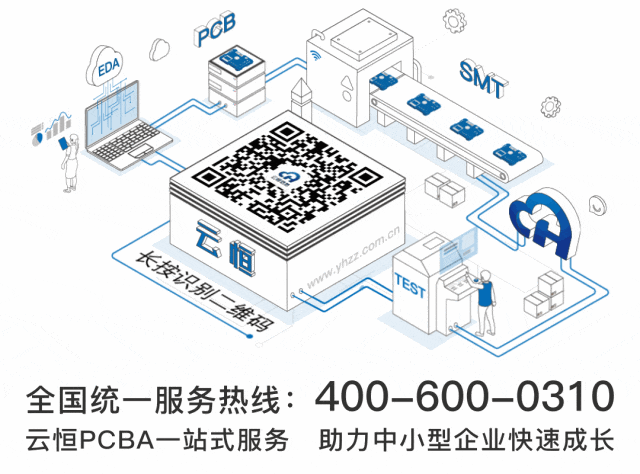From slash-and-burn agriculture to mechanized production, every transformation in agriculture has profoundly impacted human civilization. Today, amidst the wave of digitalization and intelligence, agriculture is ushering in unprecedented opportunities for transformation. Sensors have replaced the experience of traditional farmers, algorithms have optimized millennia-old farming practices, and behind this is a series of precision electronic hardware providing silent support. As the core carrier of this hardware, PCBA is becoming the invisible engine driving agricultural modernization.
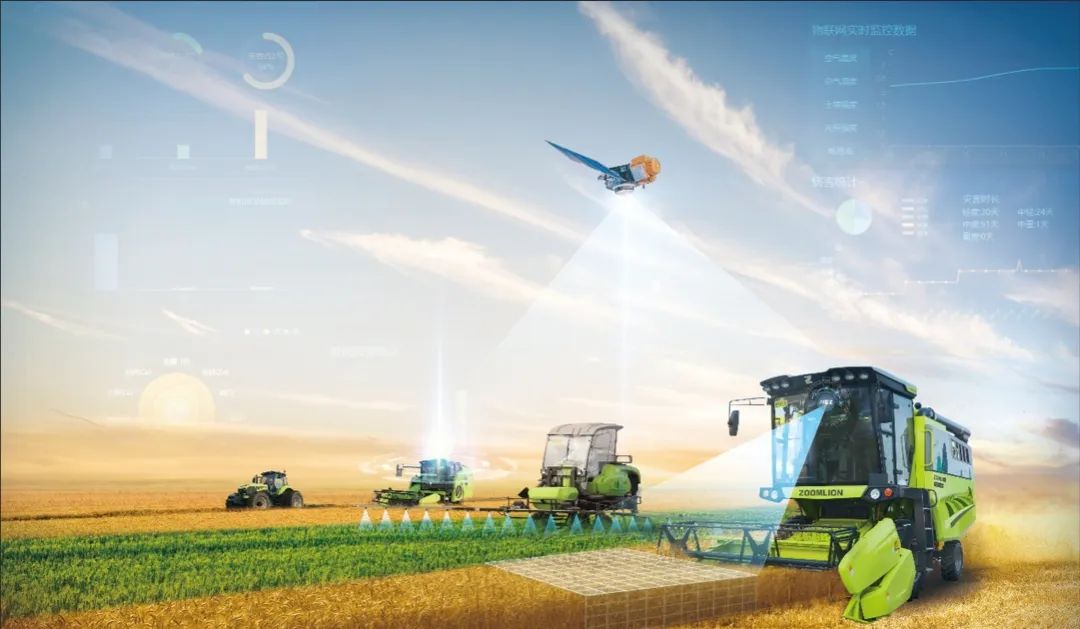
The Transformation and Future of Agricultural Modernization
Faced with the dual challenges of global population growth and resource constraints, agriculture is undergoing a profound transformation from traditional labor-intensive methods to technology-driven approaches. By 2025, in the concluding year of China’s 14th Five-Year Plan, three core trends will emerge in agriculture: digitalization, sustainability, and integration of industrial chains. The proliferation of IoT, big data, and artificial intelligence technologies has shifted farm management from “experience-driven” to “data-driven.” For instance, by using soil sensors and weather stations to monitor environmental parameters in real-time, farmers can precisely adjust water and fertilizer usage, reducing resource waste. Meanwhile, high-standard farmland construction and seed industry revitalization actions promoted at the policy level further accelerate the implementation of technologies such as biological breeding and intelligent equipment. In the next decade, agricultural competition will not only be about yield but also about the comprehensive contest of technological integration capabilities and ecological benefits.
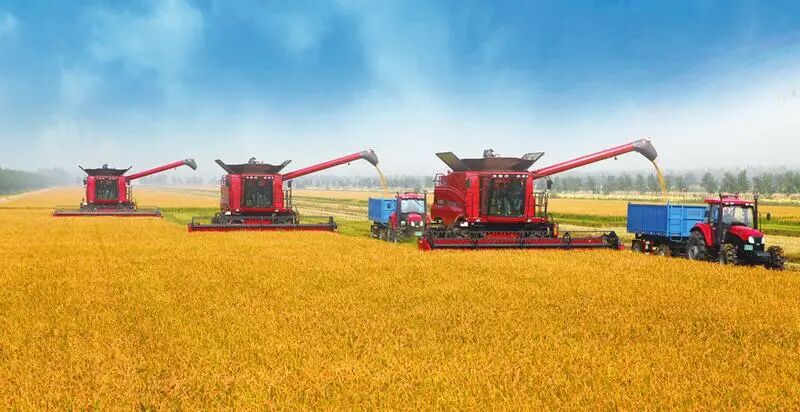
Smart Hardware: The “Nerve Endings” of Modern Agriculture
The intelligence of modern agriculture relies on a series of hardware products, with the core being the “brain” and “senses” formed by PCBA. For example:
- Environmental Monitoring Terminals: IoT nodes that integrate temperature, humidity, light, and carbon dioxide concentration sensors, transmitting data wirelessly to cloud platforms for automatic control of greenhouse environments.
- Pest Control Drones: Drones equipped with multispectral cameras and precision spraying systems that can identify pests and automatically plan flight paths, achieving operational efficiency over 40 times that of manual labor.
- Smart Irrigation Controllers: Dynamically adjust water volume based on soil moisture data, combined with low-power circuit designs from PCBA, allowing for long-term deployment in remote farmlands. These hardware components collectively construct the “digital twin” of agriculture, and their reliability and performance directly depend on the design and manufacturing level of PCBA.
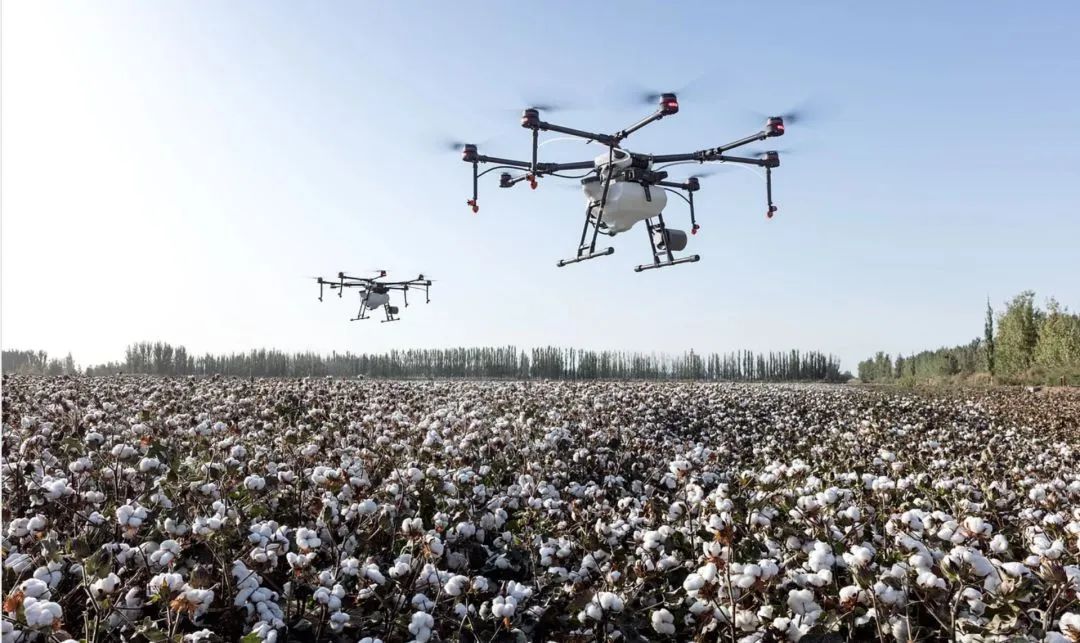
PCBA Manufacturing: The “Cornerstone” of Agricultural Smart Hardware
As the underlying carrier of electronic devices, the quality of PCBA directly determines the stability and lifespan of agricultural hardware. In agricultural scenarios, PCBA must meet three special requirements:
- Environmental Adaptability: Farmland environments are dusty, humid, and have large temperature differences; PCBA must be designed for waterproof and dustproof (IP67 level) and wide temperature ranges (-20℃ to 70℃) to ensure long-term stable operation. For example, IoT devices in Xinjiang cotton fields must withstand sandstorms, while high-standard farmland equipment in Northeast black soil must resist severe cold.
- Low Power Consumption and High Efficiency: Many agricultural devices rely on solar power; PCBA must use low-power chips and optimized circuit designs, such as the sleep mode power consumption of STM32 series MCUs can be reduced to microamp levels.
- Scalability and Cost Control: With the popularization of smart agriculture, the demand for hardware has surged. PCBA manufacturers need to reduce customization costs through standardized modules (such as universal sensor interfaces) while ensuring consistency in mass production.
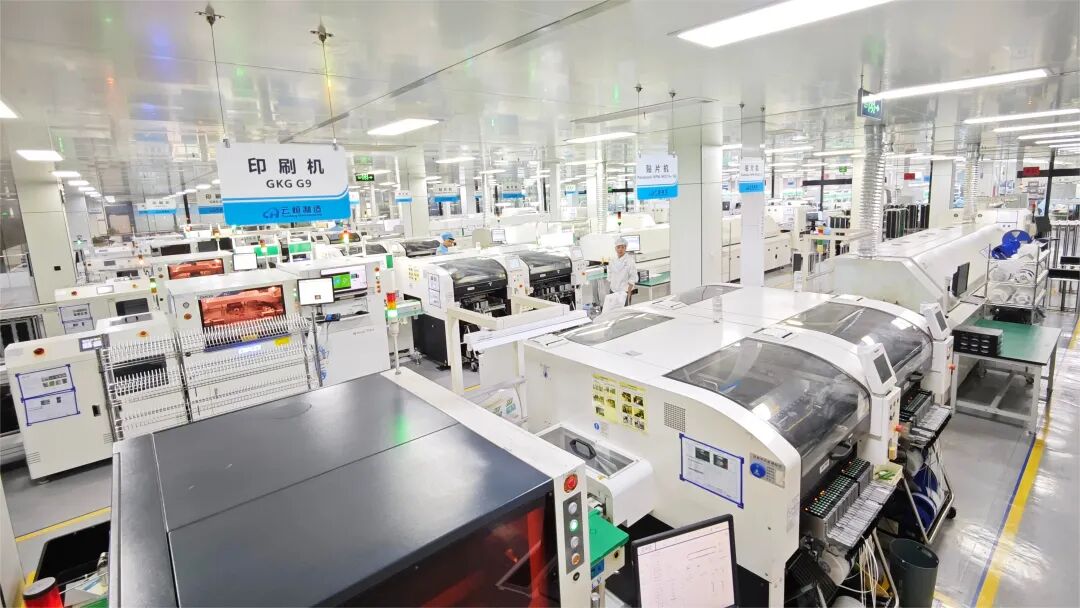
Yunheng
In the wave of agricultural intelligence, Yunheng PCBA provides full-chain support for one-stop PCBA services, with high reliability design and rapid response services, addressing the specificities of agricultural scenarios. It encompasses intelligent hardware manufacturing, a complete electronic industry chain supply, and enterprise lifecycle services, leveraging efficient smart manufacturing capabilities to deeply empower agricultural intelligence.
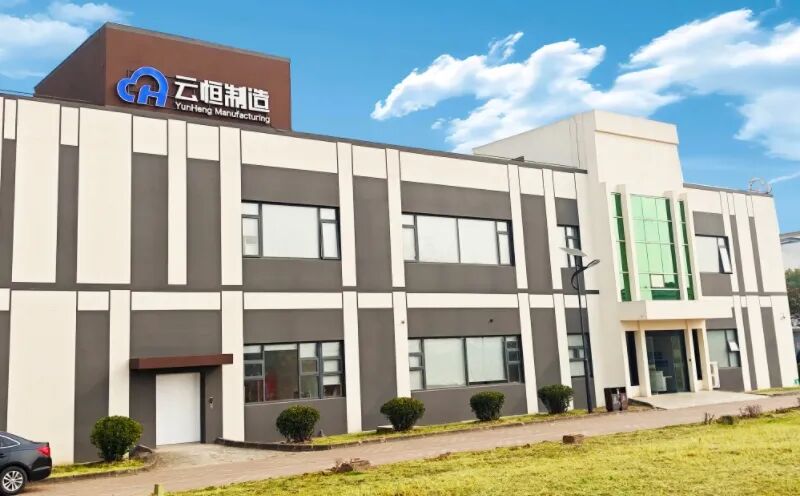
Conclusion
The ultimate goal of agricultural modernization has never been to replace humans with machines, but to make farming more efficient, sustainable, and respectful of natural laws through technological means. PCBA manufacturing serves as a bridge connecting the digital world with physical farmlands; its value lies not only in the hardware itself but also in how it simplifies complex technologies into tools accessible to farmers. When smart hardware operates stably in the fields, and data begins to guide every drop of water used, we may be witnessing a true agricultural revolution—one without grand slogans, but with lower costs, higher yields, and greener fields. In the future, as 5G, AI, and edge computing continue to converge, the boundaries of agricultural intelligence will keep expanding, and reliable electronic manufacturing capabilities will be the cornerstone of it all.
◆ ◆ ◆ ◆ ◆ 



